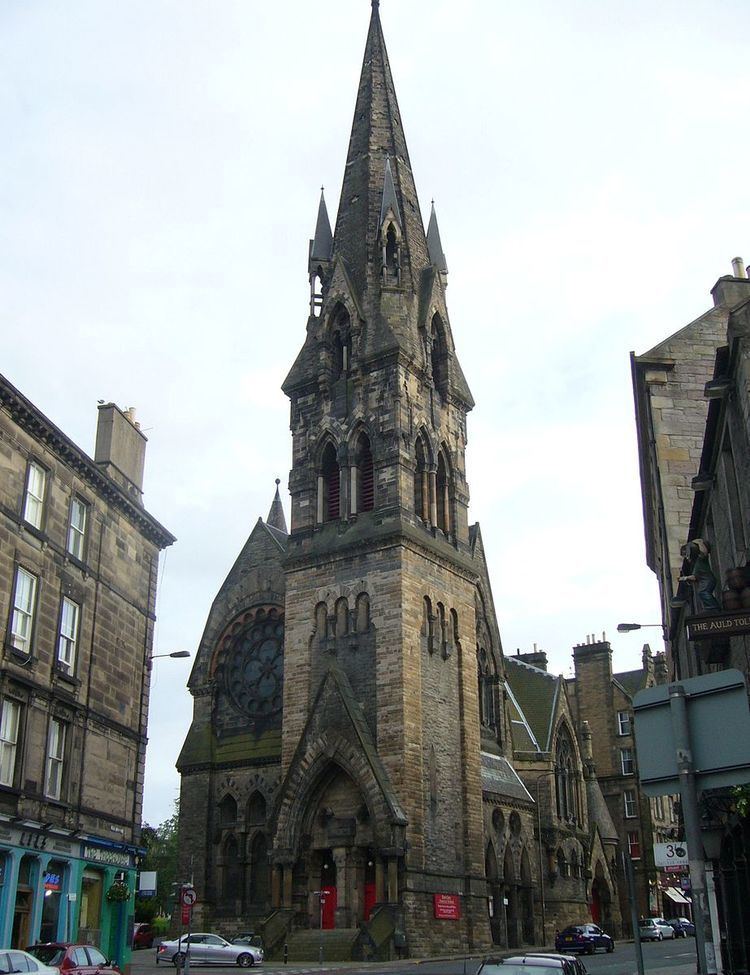Name Frederick Pilkington Role Architect | ||
 | ||
Died 1898, Pinner, United Kingdom | ||
Frederick Thomas Pilkington (1832 – 18 September 1898) was a Scottish architect, practising in the Victorian High Gothic revival style.
Contents
Life
Frederick Thomas was one of several children to Thomas Pilkington and Jane Butterworth of Stamford, England. The family moved to Edinburgh in 1854.
He married in 1858 and lived at Mary Cottage in the suburb of Trinity in the north of Edinburgh. His wife died in childbirth in March 1861 and Frederick Thomas remarried to Elizabeth Cropley from Ely, Cambridgeshire in August 1861.
He lived in Edinburgh on Calton Hill. Ironically this is a Georgian townhouse by the architect William Henry Playfair rather than a building of his own design.
After an illustrious but troubled professional life he returned to England in later life and died in Pinner.
Architect
Frederick Thomas Pilkington's father practised as an architect, and he himself was an architect in Edinburgh from 1860 to 1883. In Edinburgh, Pilkington concentrated on churches for the Free Church of Scotland, where worship focused not on a nave and altar, but on the pulpit and the "Word of God". Pilkington developed a new style of church building which accorded with the fashionable Gothic style but was adapted for the worship needs of the Free Church of Scotland.
In 1867 he went into partnership with John Murray Bell (1839-1877) to form Pilkington & Bell, Bell providing the structural know-how, Pilkington providing the design flair.
Buildings in Edinburgh
Elsewhere in Scotland
Outside Scotland
Later life
In 1883, Pilkington moved to London and began work on the Army and Navy Hotel on Victoria Street and started to design residential flats for both the Artisans, Labourers & General Dwellings Company and for the middle-classes. This second category of flats include Campden Hill Court in Kensington and York Mansions in Battersea. Pilkington did not see the completion of York Mansions, his last commission, as he died before its completion in 1901.
